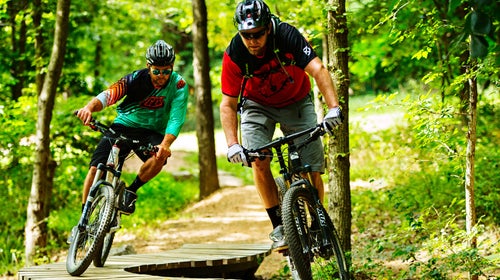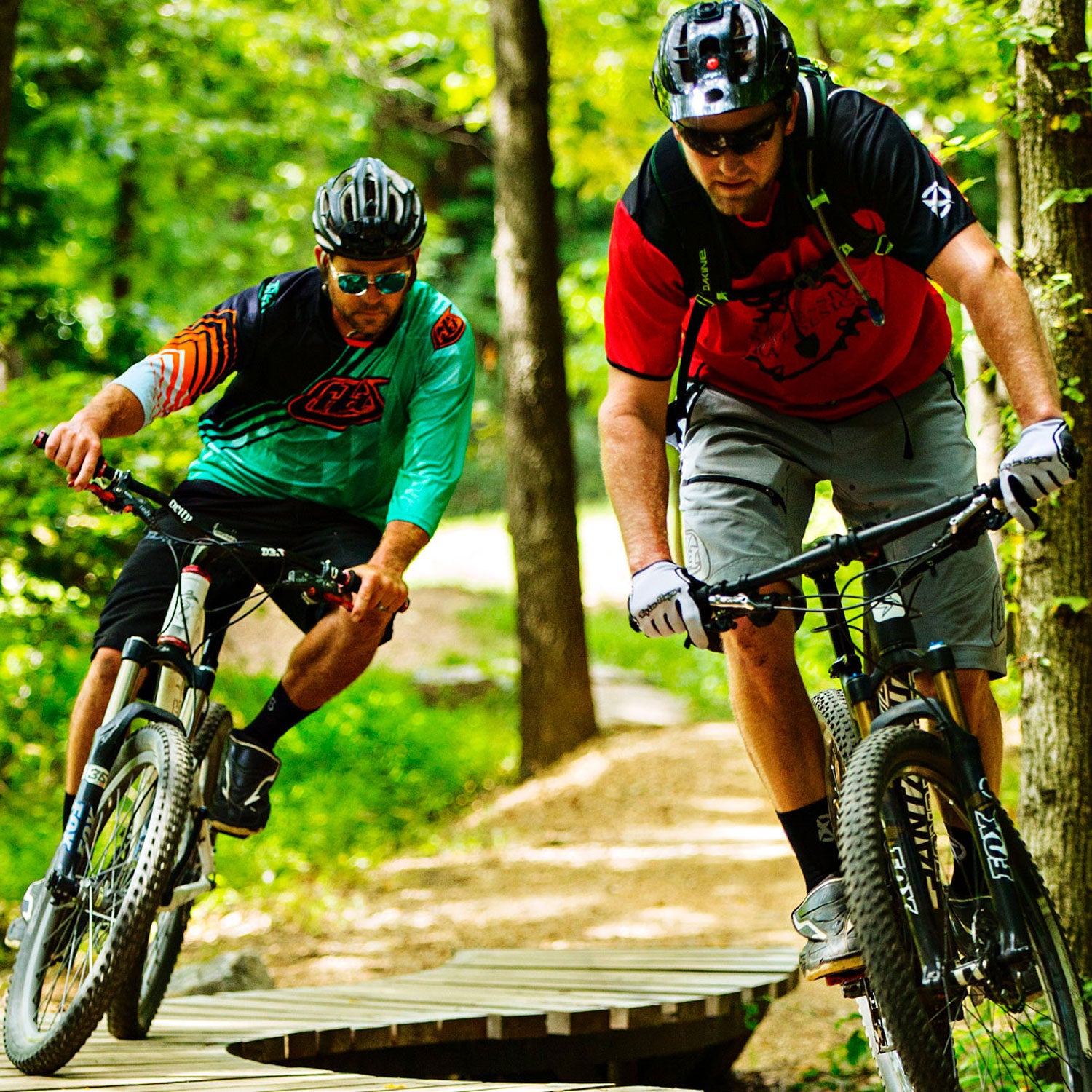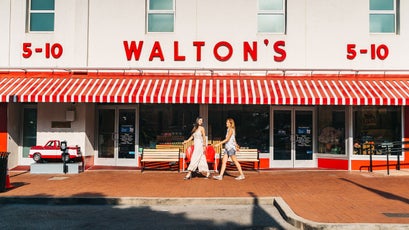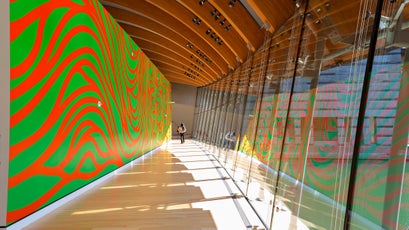It’s not often that you meet someone who wants to share their hidden stash of powder, whitewater, or singletrack. But for Brendan Quirk, cycling program director for , a community-development organization in , sharing is in his job description. “I would compare the density of trails here to what you might find in a place like Park City, Utah,” he says with the enthusiasm of a kid who can’t keep a secret. “They’re very flowy, with a nice mix of rolling hills and technical sections.”
Why does a small Ozark mountain town (population 49,298) need a cycling czar? And why have the Waltons, the town’s patrons and heirs to the massive Walmart fortune, donated nearly $20 million over the past three years to build 78 miles of off-road trails and 35 miles of greenway? As it turns out, Bentonville is just one of dozens of communities across the U.S. that have crunched the numbers and are actively trying to rebrand themselves as adventure hubs as a way to bolster or resurrect their economies. Nationally, outdoor recreation—including gear sales and tourism—accounts for $887 billion of the American economy and supports 7.6 million jobs, according to a . At the local level, one University of Tennessee at Chattanooga economic study found that nearby crags, like Stone Fort and Tennessee Wall, drive a regional climbing-tourism industry worth more than $10 million annually, and whitewater parks, long a popular option for cost-effective economic development, generate millions of dollars per year in places like ; ; and . Even existing tourism hot spots are looking to draw in younger crowds by expanding their adventure offerings. In 2014, identified not only mountain biking but also horseback riding as potential growth industries, due to the region’s year-round riding season and undeveloped open space.
Perhaps more important for towns like , embracing adventure recreation has paid off in areas besides the bottom line. While the 25 miles of trails that opened in 2011 just outside this former mining center in the state’s Iron Range draw nearly 30,000 cyclists and add close to $2 million to the local economy each year, one of the biggest benefits was the change in lifestyle. On the mountain bikers’ heels came a slew of new bars, cafés, and a wood-fired pizza joint.
“The area’s major employer is a hospital, and they are loving it,” says Minnesotan Aaron Hautala, former president of , which maintains the trails. “There are all these new businesses that recruiters can show the doctors. With the best downtown, restaurants, and outdoor recreation, at some point it will be pretty hard not to move here.” And the town is planning to expand its adventure offerings. “Biking is just one anchor tenant,” Hautala says. “With the nearby lakes, we feel like kayaking and stand-up paddleboarding could be others. The diversity will lead to sustainability.”
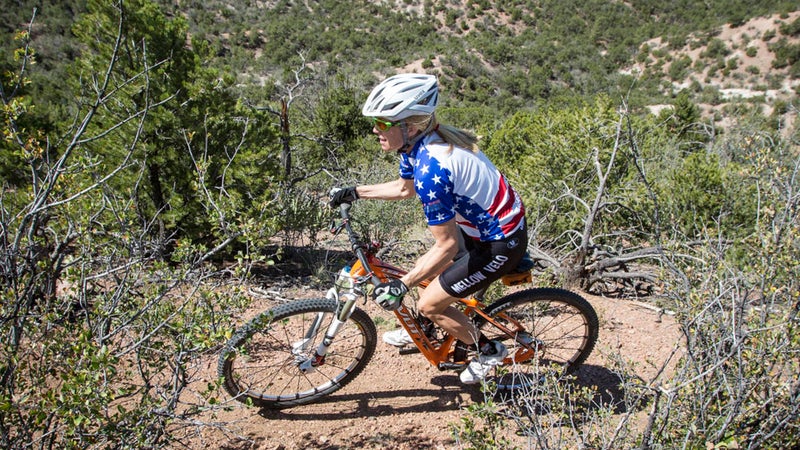
Meanwhile, Bentonville is expanding beyond adventure attractions. There are breweries, farm-to-table bistros, a boutique hotel, and a world-class American-art museum right off the town square. But mountain biking remains at the heart of the revival. “It’s going to be the major differentiator, the thing that makes northwest Arkansas a compelling place to visit and even relocate to,” says Quirk. “You can ride 360 days a year here. If you are deeply in love with mountain biking, that’s a really big deal.”
